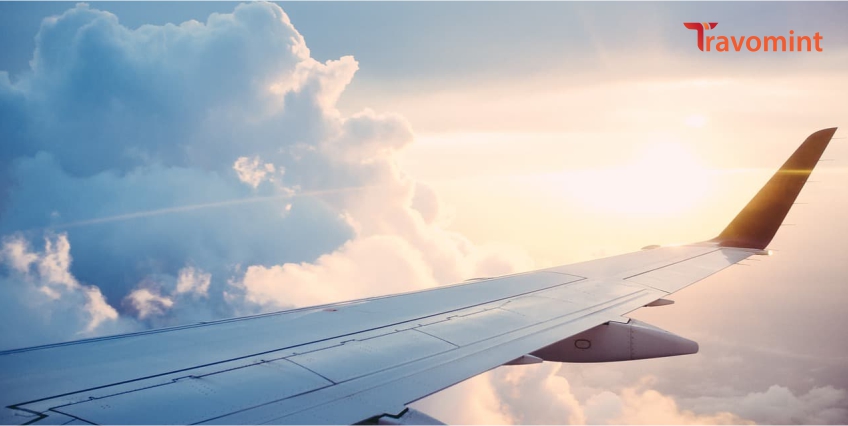- 19 Jun, 2024
Yes, flight durations are influenced by airlines, aircraft type, and other factors. Most people have a misconception that just because they are traveling on the same route with the same flight, it will take them some time to travel. However, this is not always the case. There are particular conditions under which the flight takes longer than the prescribed one. The most common reasons responsible for this are the following ones. Go through the points listed below, and you will be able to find out how minor external factors can influence the transit time of your flight.
- Airline Selection: Most flyers show leniency when choosing the airline they want to travel with, thinking they will experience no significant difference; the airline you are flying with is the primary factor influencing the transit time. Some airlines, especially the reputed ones, use high-power and optimal-quality engines that help you to reach your destination much faster.
- Aircraft Type: In addition to the airline selection, the aircraft type you choose also impacts the flight duration. So, ensure you select a flight with a premium ticket because, generally, they are the ones that have the best plane conditions.
- Selected Route: There are multiple routes to a particular destination, but you should always choose the one with the shortest aerial distance and favorable weather reports. This ensures a convenient and faster flight journey.
- External Factors: Flight duration is also impacted by various other factors that are outside the airlines' control, such as climate conditions, air traffic, etc. So, plan your travel on a day that has better weather conditions.
Do airlines use the same aircraft for the same route?
The answer to this question is not straightforward because it depends on the airlines' guidelines and policies on whether they will use the same aircraft for the same route. Generally, the airlines schedule the planes to travel back and forth on the same path. However, planes would take unequal wear and tear if some were restricted to flying on a softer route, whereas other flights are traveling on a harsher route, which is why some airlines prefer mixing the planes and routes. Moreover, external factors, such as passenger volume, climate behavior, etc., may compel the respective airlines to alter the flight timings.
Can an airline change your flight time?
Yes, an airline can change your flight time in certain situations; however, most reputed airlines aim for as few flight delays and cancellations as possible to ensure the traveling convenience of their passengers and establish a higher customer satisfaction rate. Below are the circumstances under which the concerned airlines may require modifying the flight timings.
- Technical Faults: If the plane you boarded for your travel is not in a perfect condition to fly or has a severe malfunction that can hinder the safety of the passengers, the concerned airline will cancel your flight. Due to the flight cancellation, they have to arrange a new flight, and this process is a bit time-consuming, which leads to a flight time extension.
- Traffic Conditions: When the air traffic is at its peak, flights are compelled to fly slower or not as according to their prescribed algorithms. This indirectly impacts other flight schedules and timings.
- Unfavorable Weather: If the weather is adverse, the aircraft may take longer to cover your travel route's aerial distance. When the wind pressure is high, or it is raining heavily, it is much more difficult for the aircraft to fly, hence taking more time to cover the distance.
Why does flight duration differ for the same flight?
You may have found yourself in situations when you boarded the same flight for the same route; however, the transit time has still varied, and you may have reached earlier or later than the previous flight duration. This experience might be confusing to you, but have you ever wondered why it has happened so? Refer to the pointers below to discover the potential reasons that fluctuate the flight duration and impact the time it takes for the flight to cover the prescribed route.
- Weather Situation: If the weather conditions are unfavorable, the flight duration is significantly prolonged. Heavy clouds obstruct the sight, strong winds change the flight direction, and temperature fluctuation also changes the air density. All these things impact the transit time of the flight.
- Air Traffic: The flight duration is also negatively impacted if there is a lot of air traffic. Due to heavier air traffic, the flights may be instructed to fly slower, take longer routes, or opt for more stop-overs if you are traveling with a stop-over flight.
- Plane Condition: Depending on the condition and functionality of the aircraft, the transit time may also be influenced. If the plane's condition is not up to the mark or does not use a high-power engine, the flight will take more time to cover the same distance.










